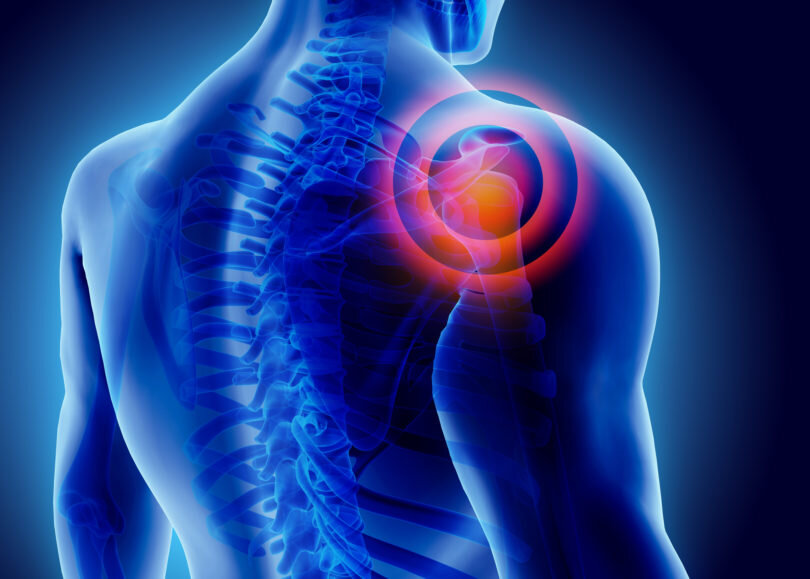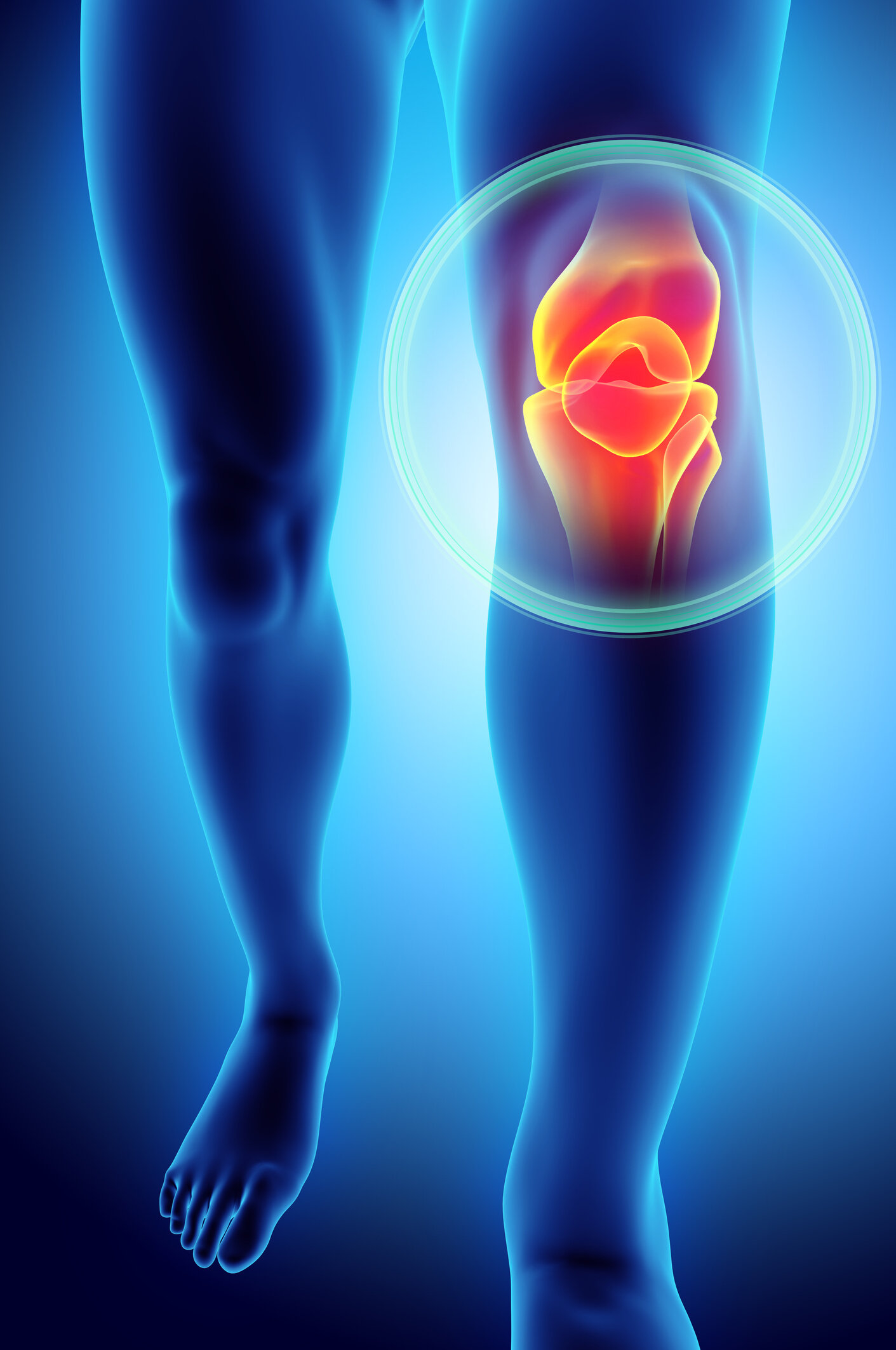
Balance and fall risk: What you need to know regardless of your age
Depending on your stage in life, the thought of poor balance and falling could be at the center of your universe or something you think will never be a concern.
Most people’s concerns and issues surrounding balance are almost always avoidable and almost always correctable, no matter how late in life they are discovered.
![How’s your hip hinge? [video tutorial]](https://images.squarespace-cdn.com/content/v1/5e1fa35d6d6d853d5fbd5b4d/1693948648216-RHJ18ZIQOSP2ACZ5FXXC/How+do+I+properly+perform+a+hip+hinge.png)



The definitive guide to neck and shoulder pain when pressing overhead.
Pain in the shoulder(s) and/or neck when pressing overhead is a common complaint. Is overhead pressing dangerous?
Should you avoid it at all costs like synthetic butter alternatives?
Butter alternatives. Yes.
Overhead pressing. No.
Why do so many people have difficulty pressing overhead and why are some people scared off from ever doing it?
There are reasons why people struggle to press overhead. We will discuss them and show you how to overcome them to press pain-free.

The definitive guide to knee pain during squats.
You get warmed up and get into your sets and your old friend makes an appearance.
Your knee pain grinds your workout to a screeching halt.
You were only around half of your maximum weight. What is going on?!
Knee pain during squats is pretty common. Many people also state that squats hurt their knees.
Could this be true? Are squats bad for your knees?

The definitive guide to knee pain during lunges.
Make no mistake about it. Lunges are one of the best lower body exercises you can perform.
The problem?
A lot of people complain about knee pain when doing different kinds of lunges.
So, do lunges hurt your knees, or is there some more mysterious afoot? Let’s investigate.
![Neck and Shoulder Rehab Guide [FREE download].](https://images.squarespace-cdn.com/content/v1/5e1fa35d6d6d853d5fbd5b4d/1587258115289-9KQT3BWL2X1V5I11T8Z0/The+Complete+Neck+and+Shoulder+Rehab+Guide.png)
Neck and Shoulder Rehab Guide [FREE download].
Neck and shoulder pain are quite common. When people are in pain they will seek out any option that might relieve their pain. This makes a lot of sense.
Sadly, most "treatment" options barely work to manage symptoms and do almost nothing to fix the underlying problem.

Why getting that MRI won't help you get any better.
MRIs can be very good at detecting certain “problems” in and around the spine. MRI demonstrated high sensitivity for spinal soft tissue injuries. However, MRI showed a definite trend to overestimate interspinous ligament, intervertebral disc, and paraspinal muscle injuries [6].
Don’t get too wrapped up in googling the vocab words above. Here’s part of the problem with the above information. If the doctor is trying to appease the patient by ordering the MRI or the patient has demanded one, they will find something.
Whether that something is the actual problem is another discussion completely.

5 best ways to improve knee pain.
Nothing will make you feel old like a bum pair of knees. Walking can be a laborious. Climbing stairs resembles climbing some snow-covered mountain. Even sitting and standing can become an Olympic event.
Maybe you want to start exercising to take off some lbs so you can save your knees. Not a bad plan until you follow a bad plan.
Following the wrong program when you have bad knees will absolutely make them worse!
I am going to go over each in more detail, but the 5 strategies are:
Remove/modify pain stimulus - this often means things like squats, lunges, running and jumping need to be tabled or altered.
Soft Tisse Mobilization (STM) - this is a $2 word for massage. Issues with your quads, IT bands, hamstrings, adductors and calfs need to be addressed.
Ankle mobility - when your ankles do not move, your knees try to move more to compensate. This is bad news for your knees.
Hip-dominant movements - this serves two purposes. It assists #1 and it builds up a part of your body that is probably weak to begin with.
Deloaded knee-dominant movements and controlling knee valgus - all the squats and lunges and running and jumping that we took away in the beginning are brought back to finish your rehab.

The best guide to rehabbing injuries.
At some point you are going to deal some sort of an injury. Maybe you are already have. Maybe you are dealing with something right now.
I am going to walk you through some different ideas as you approach different scenarios or pain and rehabbing injuries.
There are going to be 6 parts to this post, with each part having its own video.
General guidelines for rehabbing injuries.
Post surgery.
Your post-surgery home exercise program.
Chronic pain.
The idea of layers. Fixing one problem often reveals another one.
Modify your approach to sets and reps.

5 best ways to improve shoulder pain.
These ideas work best for chronic shoulder pain. If you recently hurt your shoulder, I would not start messing with these strategies unless you have been evaluated and they are indicated for your rehab.
All of the strategies will have multiple videos to help guide you through the process. These are strategies I have used with both clients and patients to not just manage but ultimately resolve their shoulder pain.
I am going to go over each in more detail, but the 5 strategies are:
Thoracic mobility - if the t-spine lacks mobility the shoulder and neck try to compensate.
Assisted range of motion (ROM) - if your ROM is limited, use something to help assess and improve your ability to move the shoulder and arm.
Supine exercises - this position helps utilize improved thoracic mobility, supports the body and makes controlling shoulder movements easier.
Rows - rows are shoulder-friendly and most people do not do enough of them - especially those who have shoulder pain.
Isometrics - learning how you can engage the muscles around the shoulder is key to managing pain. These are way harder than they look.

5 best strategies to manage low back pain.
Low back pain (LBP) is common. Way too common. Treating it is difficult as there are often many factors contributing to your pain. The strategies I am going to share are meant to improve your situation. At worst, they should do nothing, meaning they will not make it worse.
All of the strategies will have multiple videos to help guide you through the process. These are strategies I have used with both clients and patients to not just manage, but ultimately resolve their LBP.
I am going to go over each in more detail, but the 5 strategies are:
Supine deloading - I will also share how to deload in sitting and standing
Core stabilization - it’s not so much what you do but HOW you do it
Glute exercises - in general, when the glutes are strong there are less issues with the knees and low back
Hip mobility - when the hips are tight, there tends to be more movement through the low back to compensate
Hip hinge - poor awareness and understanding of how to properly bend at the hips will routinely flare up the back
![Why tight ankles can cause knee pain. [video]](https://images.squarespace-cdn.com/content/v1/5e1fa35d6d6d853d5fbd5b4d/1579872830469-6LVJLPZYHOEGQ006UPCT/ankle+anatomy.jpg)
Why tight ankles can cause knee pain. [video]
A common situation in the body is one where your pain and the actual problem are not the same part of the body. Once of the reasons people deal with chronic pain is because they only treat their symptoms and never address the actual problem.
This happens all over the body but I am going to talk about your ankles to day. Why the ankles, read on, kemosabe.
![Are you dealing with shoulder and neck pain? [video]](https://images.squarespace-cdn.com/content/v1/5e1fa35d6d6d853d5fbd5b4d/1579835028180-A2PRCP9BT1HPVPOW1U8K/shoulder+pain+2.png)
Are you dealing with shoulder and neck pain? [video]
In many cases, shoulder and neck pain are symptoms and not the actual problem. If only treat the area that is in pain, you will never resolve the issue.
Too often, a part of the body is not properly assessed for its role in the both neck and shoulder pain. The thoracic spine. It is the fancy piece of real estate between the neck and the low back.
![Tired of dealing with chronic low back pain? [video]](https://images.squarespace-cdn.com/content/v1/5e1fa35d6d6d853d5fbd5b4d/1579833488995-JP7DLJ7YLQ7DMDMCVHC7/LBP.png)
Tired of dealing with chronic low back pain? [video]
Low back pain is complex. No one thing is going to resolve your back pain so stop looking for it. If you truly want to resolve your pain, you will have to tackle this on multiple levels. This means you will have to:
strengthen some areas
stretch others
change how you sit
change how you move
change how you lift
change how you bend
spend time focusing on movements that you have been doing for a long time and routinely do not think about
![Standing thoracic mobility [video].](https://images.squarespace-cdn.com/content/v1/5e1fa35d6d6d853d5fbd5b4d/1579649627143-42U00E0AKJ1Y9GRQ9N27/spine.jpg)
Standing thoracic mobility [video].
Thoracic spine tightness, or hypomobility, is something that plagues most people I meet and almost none of them have any idea it is a problem.
That is because when the thoracic spine is tight, you can have:
neck pain and decreased neck range of motion (ROM)
shoulder pain and decreased shoulder ROM
difficulty sleeping
headaches (these tend to be more on one side of the head)
and difficulty sitting up straight
![1st rib mobilization [video].](https://images.squarespace-cdn.com/content/v1/5e1fa35d6d6d853d5fbd5b4d/1579646693976-VWI2XEOV2V21J8CDV3D0/First_rib_3.png)
1st rib mobilization [video].
Mobilizing the first rib is not something many people know about which is unfortunate. The first rib is right under your collarbone and can be elevated which causes all sorts of issues for the neck and shoulder(s). Check out the video to see how to mobilize the first rib.

How does posture get so messed up?
When I first started as a Physical Therapist, I used to get nervous any time one of my patients came in with any neck diagnosis.
I mean, its the neck. I could snap their spinal cord and the person would never be the same after that.
Now, that is not true at all, but that is what I thought. What a weirdo.
Once I worked with some of these patients, I started to realize there were commonalities to most of my patients. Once we fixed a few underlying issues, they got better.
Almost 100% of them.
After awhile, I started to look forward to treating any neck issue because the outcomes I was getting were so good.

How to train around pain.
The fact of the matter is, pain can bring each one of these situations to a grinding halt. Even worse, if the pain is left unchecked it usually gets worse and can even cause pain in different parts of the body.
It is not uncommon for a right ankle or knee issue to cause pain in the low back or the opposite hip and knee. I will explain how at a later date. The short answer as to how this happens is that everything is connected.